President Donald Trump vowed to help out his Argentine counterpart Javier Milei on September 23, 2025, a day after the US administration said “ all options” were on the table in regard to a bailout for the Latin American country’s rocky economy.
A day after Trump and Milei’s meeting on the sidelines of the United Nations General Assembly in New York, US Treasury Secretary Scott Bessent said he was prepared to lend Argentina up to US$20 billion via currency swaps and bond purchases.
But what caused Milei to go hat in hand to the US in the first place? And what would a US bailout of Argentina look like? For answers, The Conversation turned to Arturo Porzecanski, an expert on Latin American economies at American University.
Why is Argentina seeking a bail out?
The event that sparked discussion of US intervention was a sharp sell-off of the Argentine currency, the peso, as well as the country’s stocks and bonds.
Over the course of three days ending on Sept. 19, the country’s central bank spent over $1 billion of its hard-currency reserves defending the Argentine peso from further depreciation. To be sure, instead of dialing up his contacts in the Trump administration, Milei could have allowed the currency to find its market-clearing value – that is, the price at which supply and demand match.
Alternatively, he could have kept up the effort to stabilise the peso by spending still more billions of dollars previously borrowed from the International Monetary Fund.
However, he decided to call Washington and ask for financial support, hoping that the friendship with Trump he has been cultivating from even before Milei was elected would finally pay off.
The Argentine authorities fear that a sharper depreciation will reignite expectations of high inflation, and they also wish to conserve those IMF funds to help cover nearly $20 billion in interest and principal payments on dollar debts coming due in the next 15 months.
The Argentine government would also rather not have the central bank raise interest rates by tightening monetary policy still more, nor implement additional cuts in government spending given that the economy is either stagnant or already in a recession.
Argentina’s economy got here because prior to Milei taking office in December 2023, his predecessor applied very loose monetary and fiscal policies – such as keeping interest rates low and spending high to stimulate the economy – as well as business-unfriendly regulations.
That rocketed annual inflation into triple digits and led to the crumbling of confidence among domestic and foreign investors, thus complicating the government’s ability to refinance its maturing debt obligations.
While Milei reversed many of those harmful policies during the course of 2024, notably achieving a balanced government budget and a sharp deceleration of inflation, his popular support and confidence in his ability to manage the country’s remaining challenges have weakened in recent months.
The economy has stalled, with job losses and unemployment rising. Phone recordings suggesting corruption involving the president’s family were released. And Milei’s party did surprisingly poorly in recent elections that took place in the large province of Buenos Aires. With midterm congressional elections scheduled for Oct. 26, Milei badly needs political and financial support from the Trump administration in order to stabilise the local financial markets and project a sense of order.
How can the US help Argentina?
The US government has already been unusually supportive of Argentina from its dominant positions on the board of directors of the IMF, World Bank and Inter-American Development Bank. Earlier this year, it helped the country to secure from them pledges and disbursements worth tens of billions of dollars in new loans.
What is very new and different now is the prospect of direct lending from the US Treasury to the government of Argentina. As previewed by Treasury Secretary Scott Bessent on Sept. 24, his team is currently in negotiations with their counterparts in Argentina for a $20 billion swap line, which presumably would involve the Treasury’s temporary purchase of Argentine pesos in exchange for the delivery of US dollars. This could possibly be supplemented by the Treasury’s temporary purchase of Argentine government bonds, likely payable in dollars, whether newly issued or already in circulation.
Bessent’s announcement, coming on the heels of Trump’s vow to help out his Argentine counterpart, has prompted local and foreign investors to regain confidence in Argentina, such that beaten-up stocks and bonds have bounced back and the currency has appreciated.
This immediate and enthusiastic market response, if sustained, means that the Treasury may not have to spend too many billions of US dollars to boost public confidence in Milei and Argentina, at least until the upcoming midterm elections.
Should Milei’s party do well in the late-October contest, enabling it to gain seats in the House and Senate and thus have more political support in the national legislature, a relatively small and temporary investment may yield a worthwhile payoff for the Trump and Milei administrations.
Why is the US keen on helping out?
Normally the US government does not involve itself directly in foreign bailouts unless a country is systemically important – namely, when its troubles affect its neighbors, a number of other countries, or the United States itself.
For example, in the 1990s the US Treasury offered direct support to other countries during crises in Mexico, East Asia and Russia, and in 1995 Argentina was one of the beneficiaries. And in 2008, in the wake of the global financial crisis, the Fed made available dollars in exchange for the currencies of about a dozen foreign countries – currency swaps mainly with European countries but also with Brazil, Canada and Mexico, since the meltdown affected Washington’s North American neighbors and many nations in Europe.
Moreover, in most cases, whatever Treasury or Fed funding is made available is soon repaid by upcoming loans from institutions such as the IMF and the World Bank, or else by major banks or institutional investors.
In other words, most US official support has been of the “bridge lending” kind, because the Treasury and the Fed can act within days, whereas other financial actors require weeks or even months to approve and disburse funding.
In the case of Argentina, it is notable that Bessent has stated that Argentina is systemically important, even though its troubles have so far not affected any other country. Left unsaid is how Argentina would repay the US Treasury, because the pipeline of upcoming disbursements from official international organisations is not very large.
Therefore, the funds under discussion are not clear bridges to anything. In similar circumstances in the past, the US Treasury has sought payment guarantees from foreign governments. Given the transactional approach favoured by Trump, certain conditions may be demanded from Argentina – a country endowed with lithium, rare earths, shale oil and other resources.
What is the US Treasury’s Exchange Stabilization Fund?
The Exchange Stabilization Fund is the Treasury’s crisis-funding vehicle through which the bridging loan to prop up the Argentine currency would be made.
The fund was established in the mid-1930s. It was endowed with the profits that the US Treasury realised when the official price of gold rose from $20.67 to $35 per ounce, increasing the value of US government gold holdings.
For several decades through the 1980s, namely before the US currency was allowed to float freely, the fund’s main purpose was to provide the funding for Treasury operations to affect the price of the dollar. A secondary purpose was to provide short-term, government-to-government loans mainly to Latin American countries, yet starting in the mid-1990s this became its primary objective.
The last Exchange Stabilization Fund loan was granted to Uruguay in mid-2002, in the wake of a major financial crisis in next-door Argentina that had triggered a bank run in Uruguay – and threatened to spread elsewhere around the region. The Treasury sent $1.5 million to Uruguay on a Monday to back at least the government-owned banks, and the funds were returned to Washington that same Friday. The bank run was stopped and thus the loan succeeded magnificently.
Arturo Porzecanski, Research Fellow, Center for Latin American & Latino Studies, American University
This article is republished from The Conversation under a Creative Commons license. Read the original article.


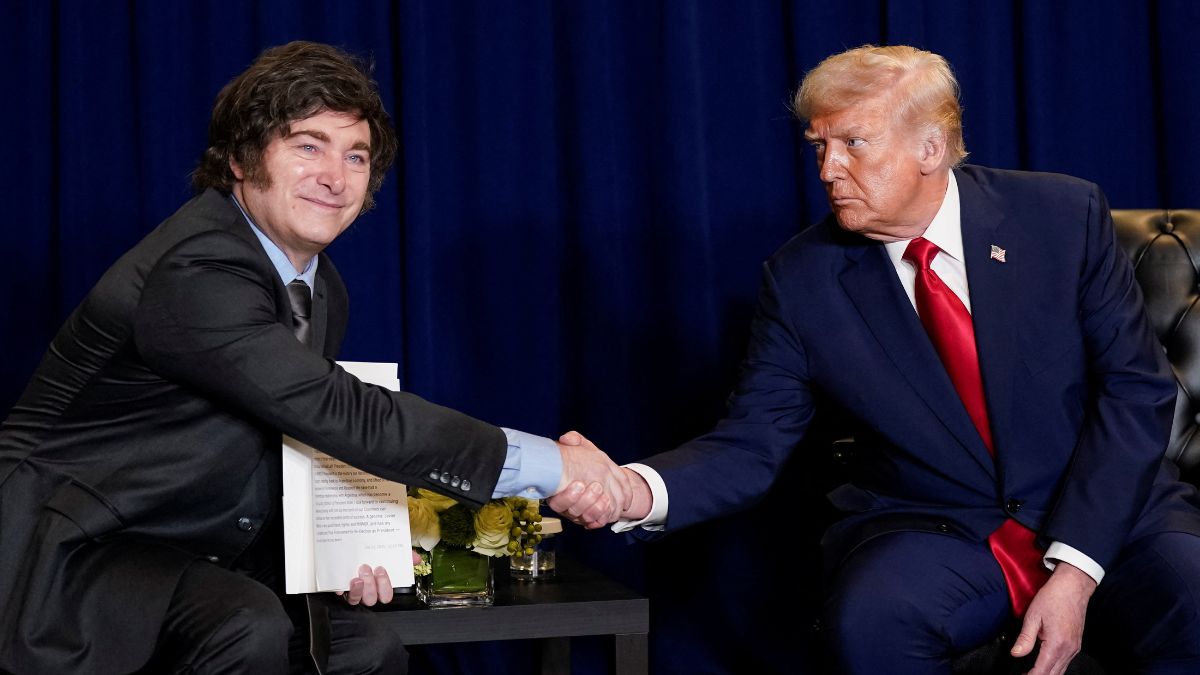)

)
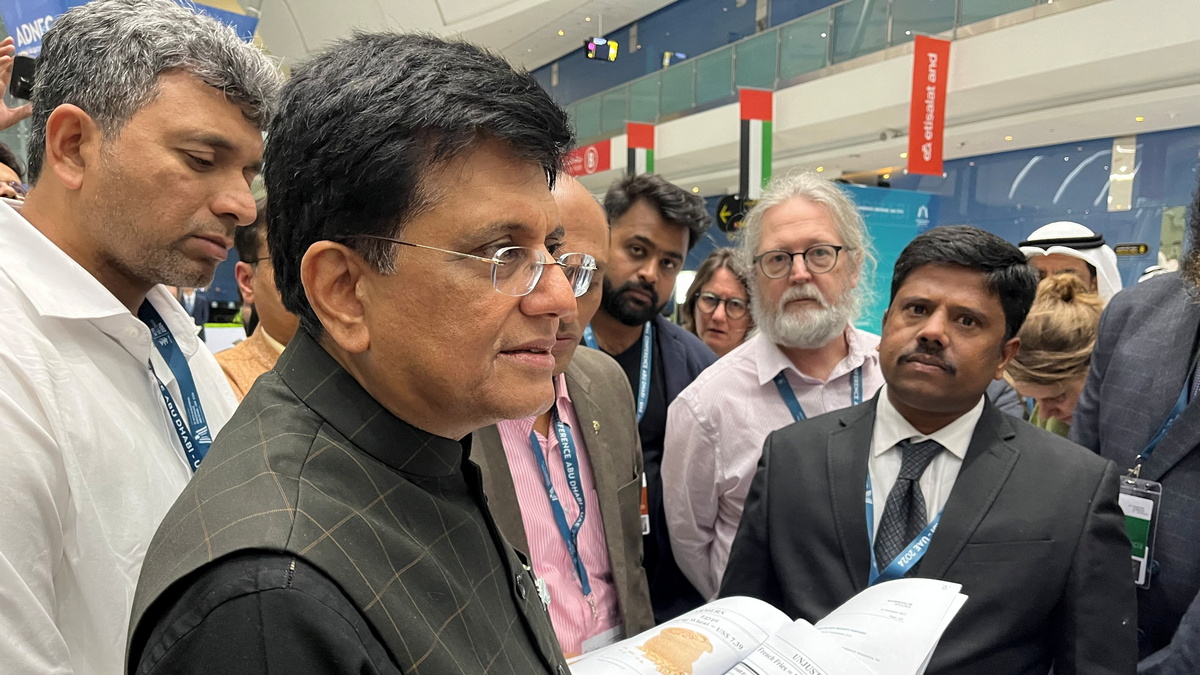)
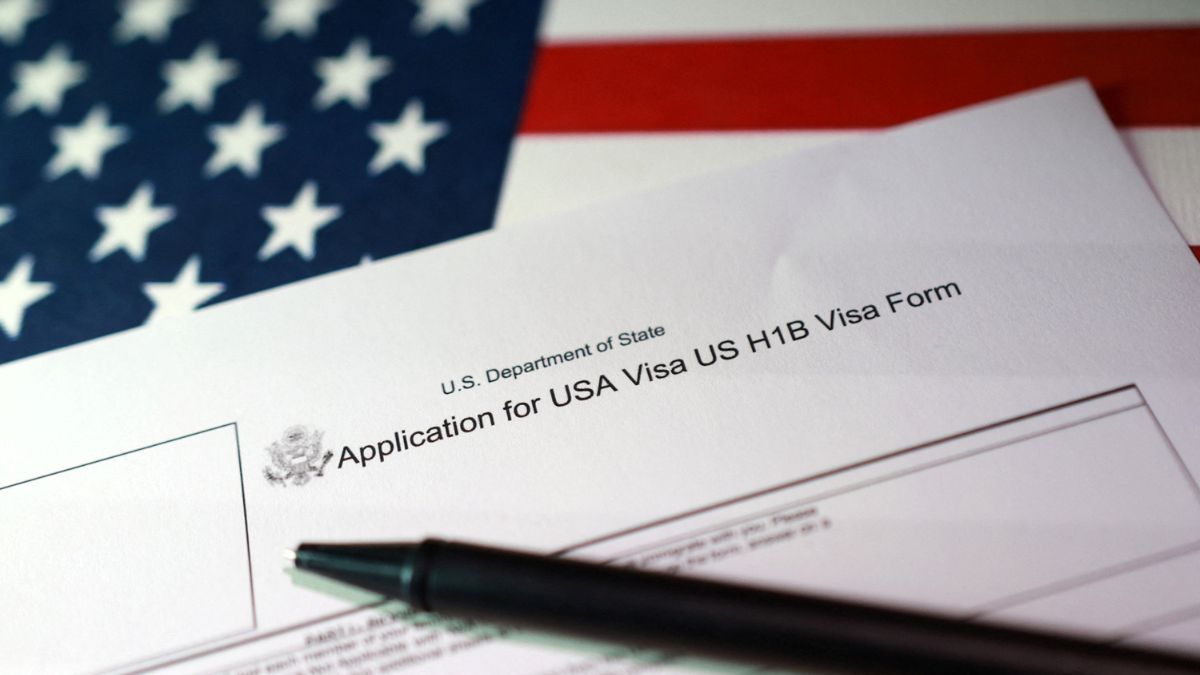)
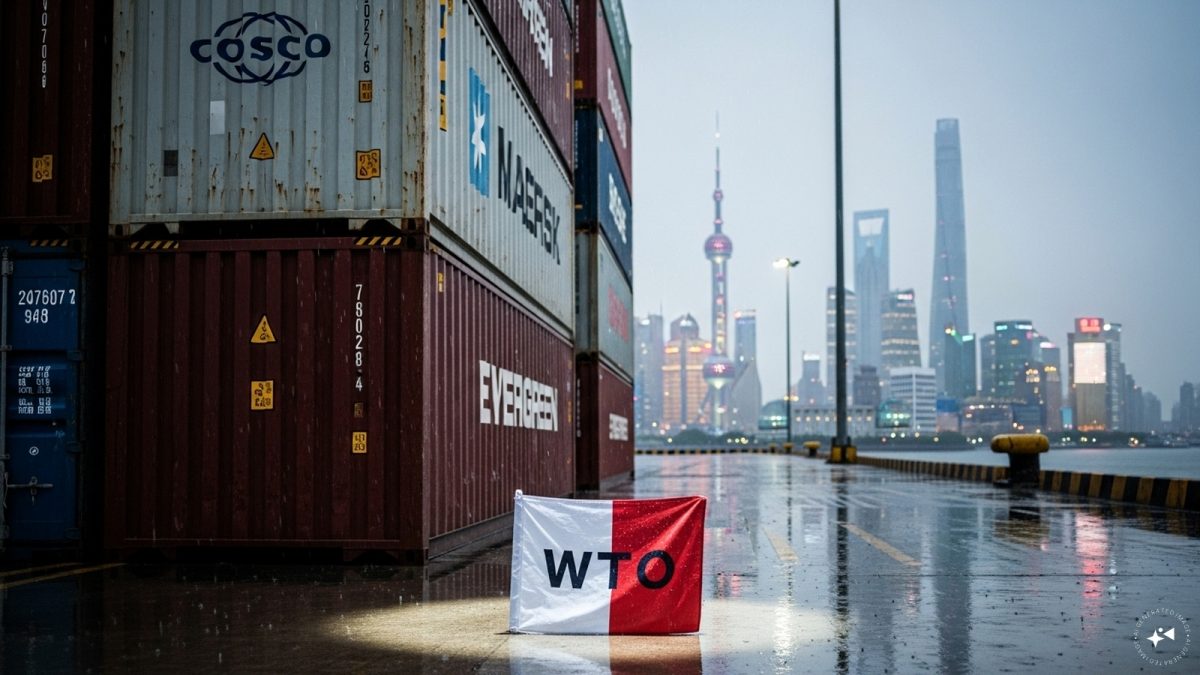)
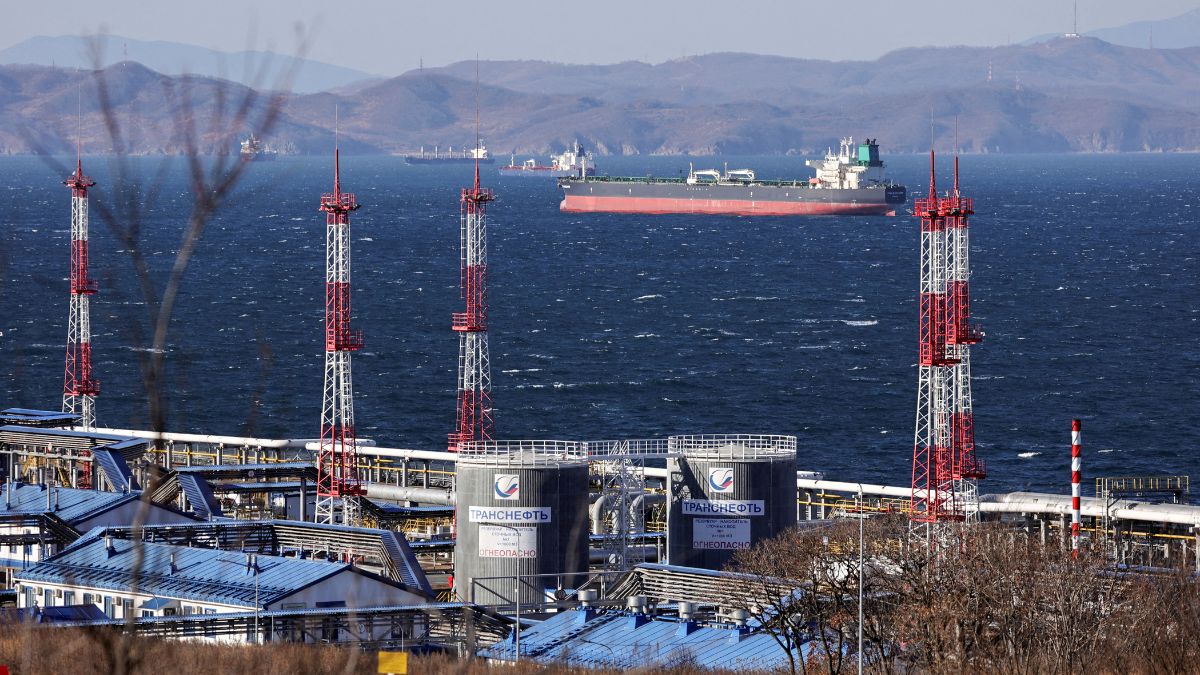)
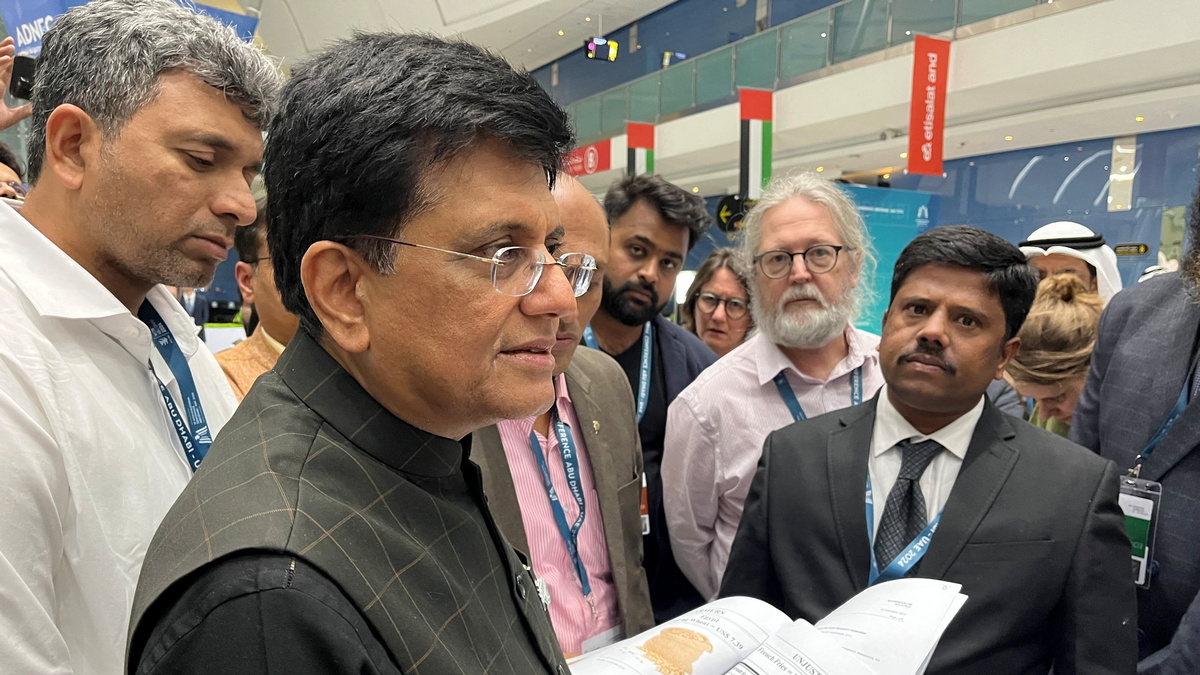)
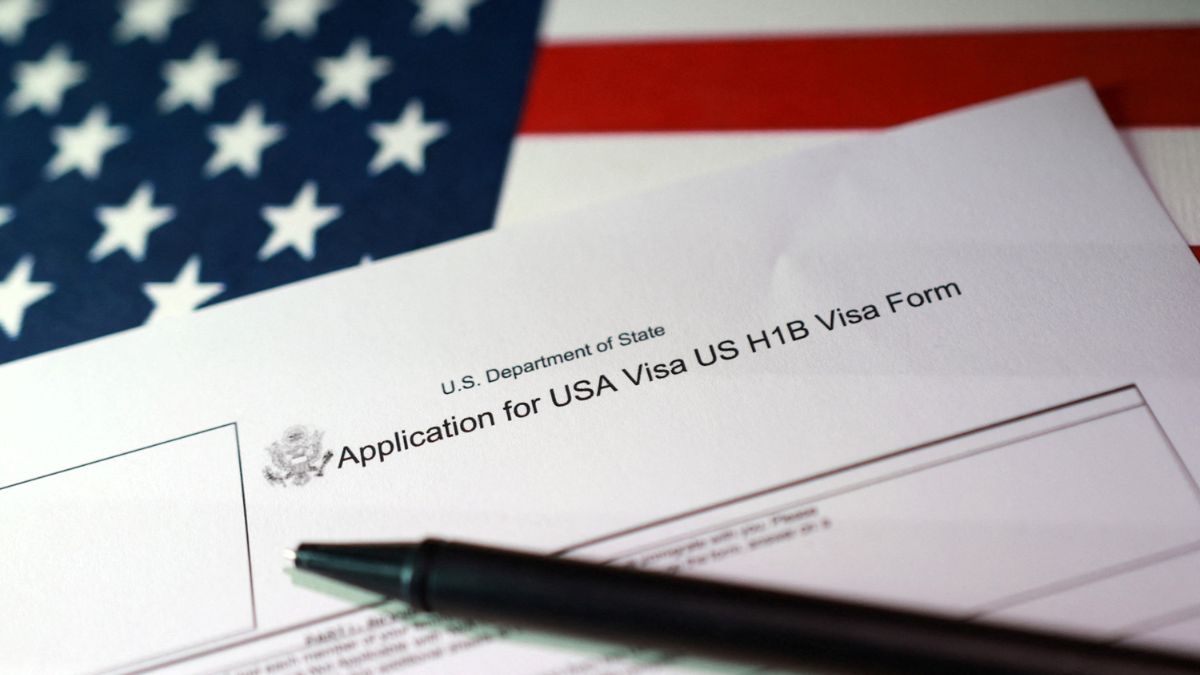)
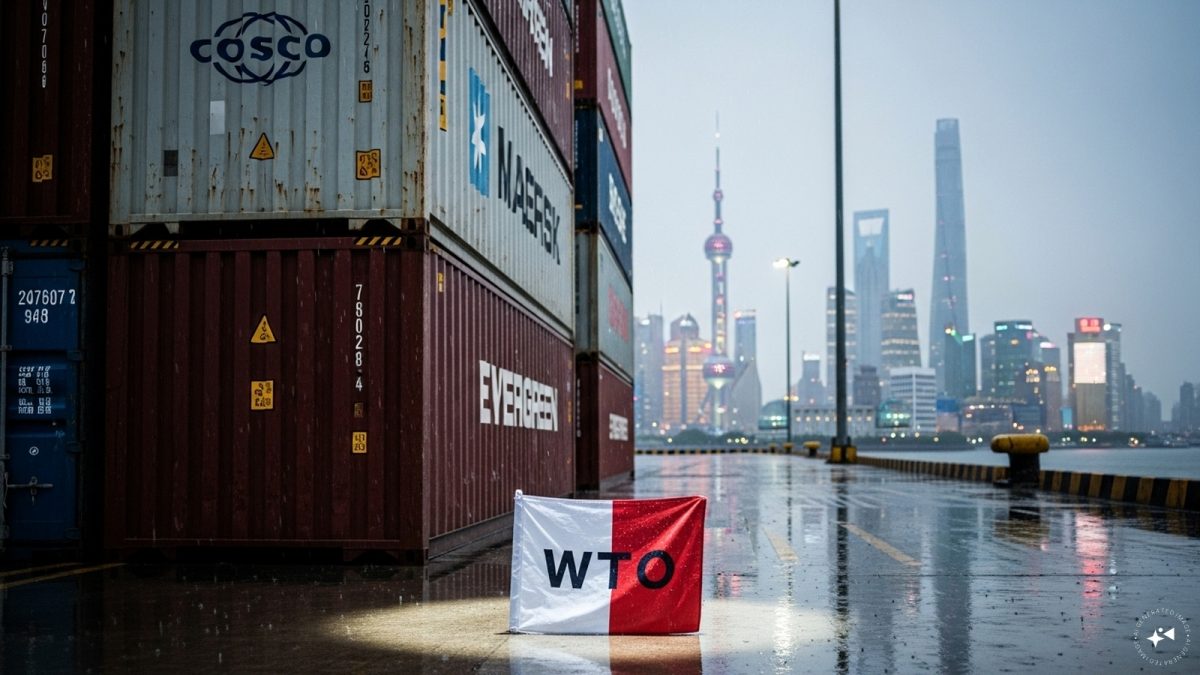)



